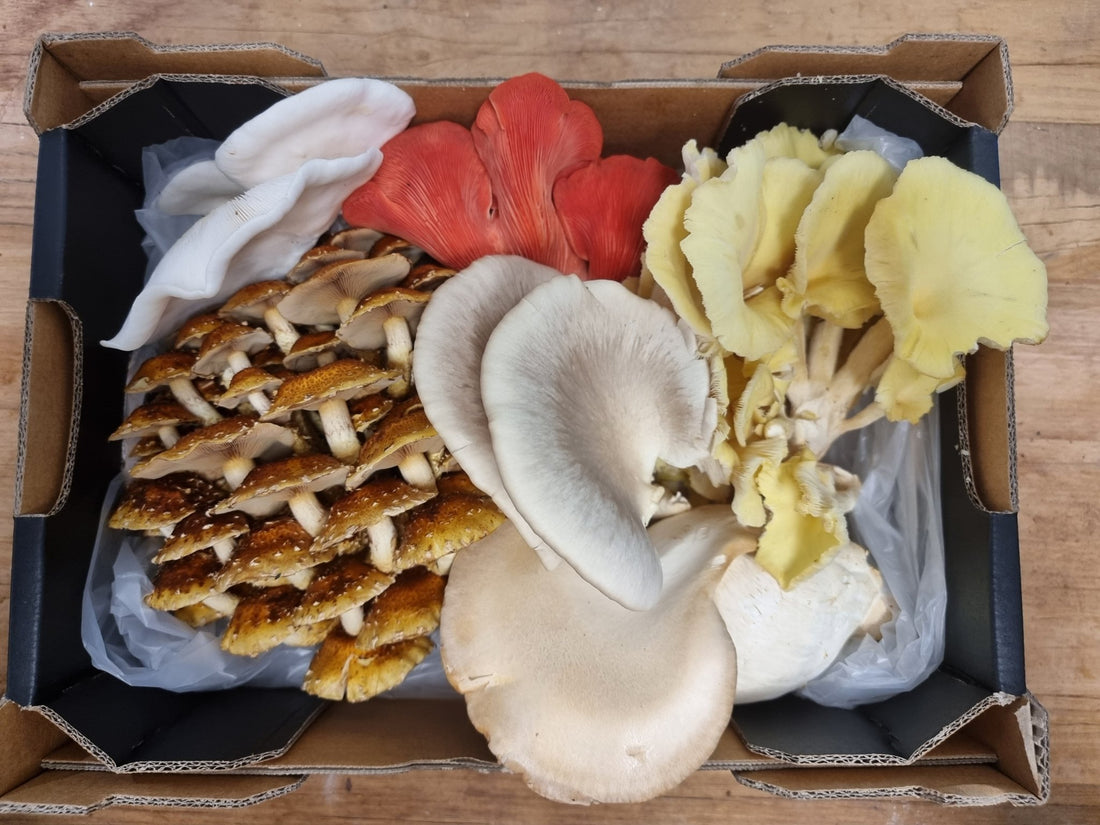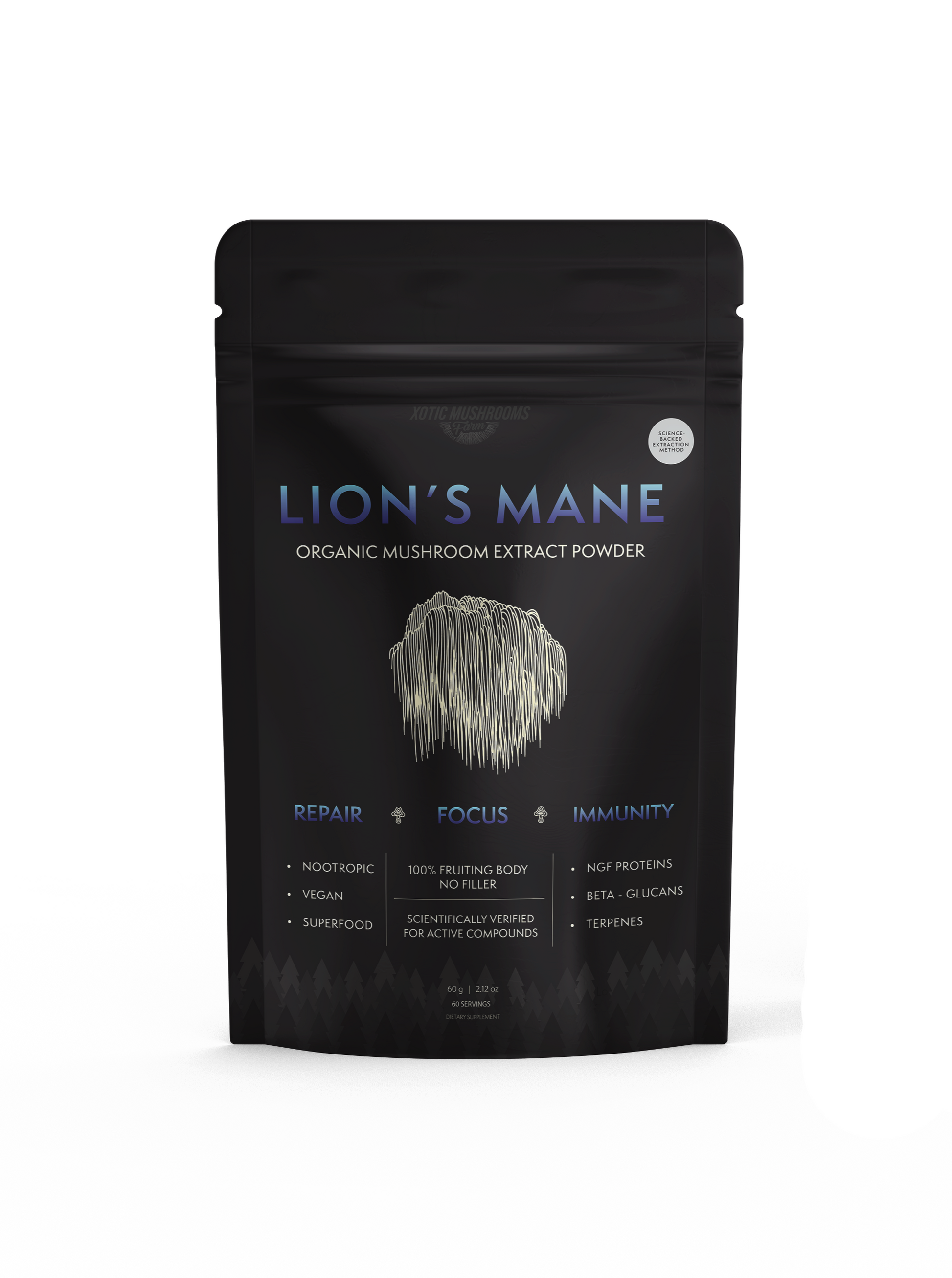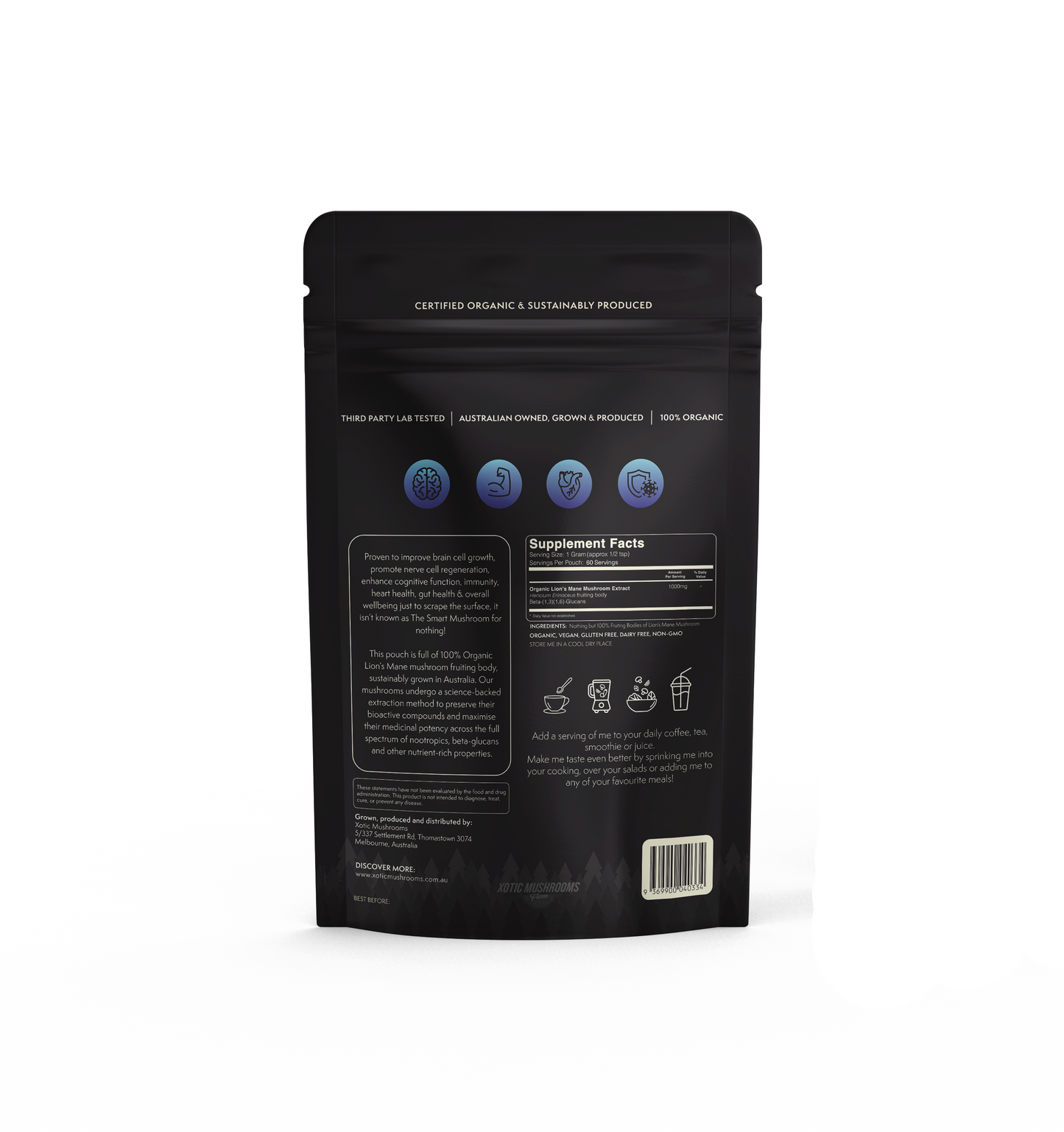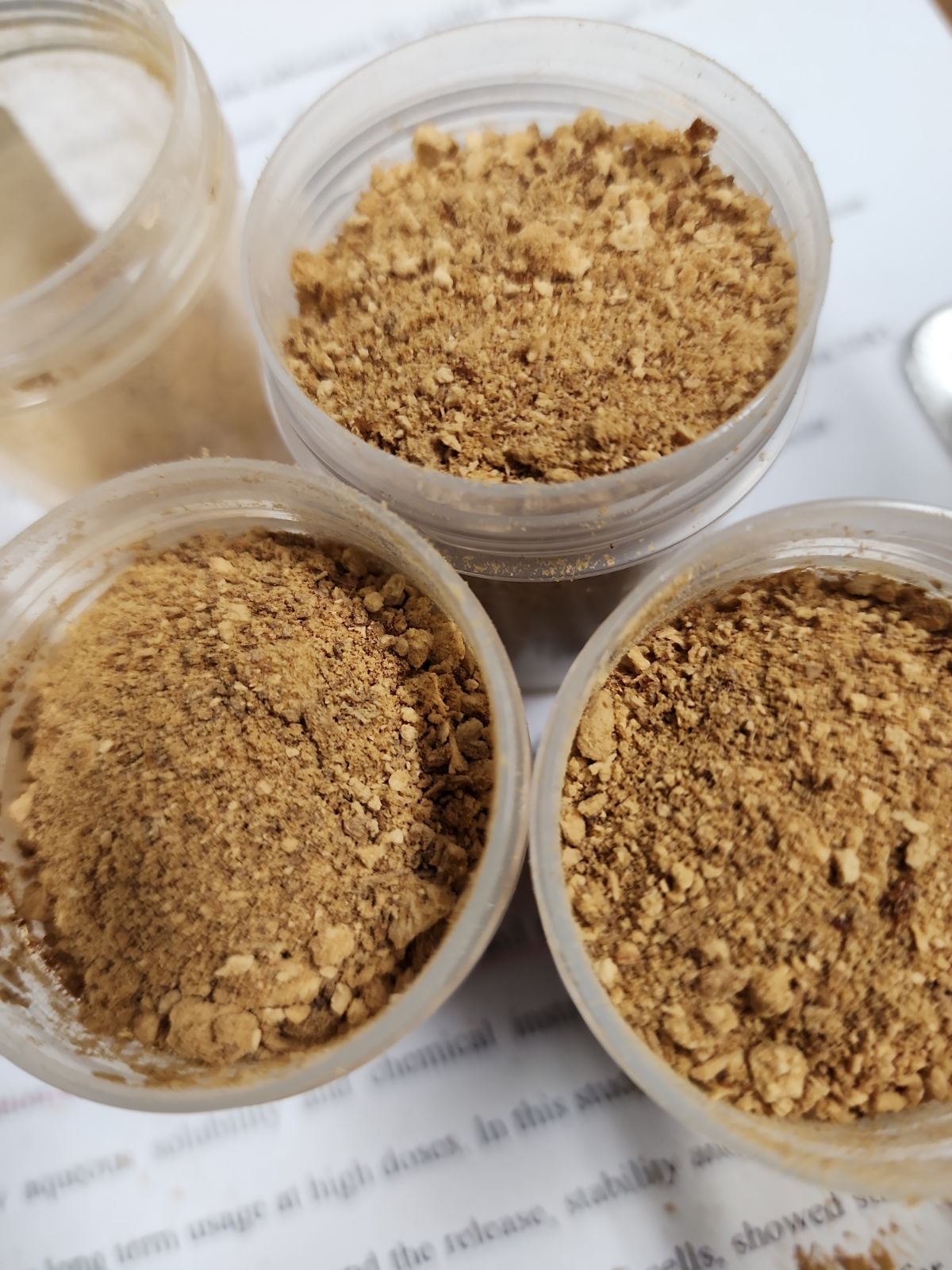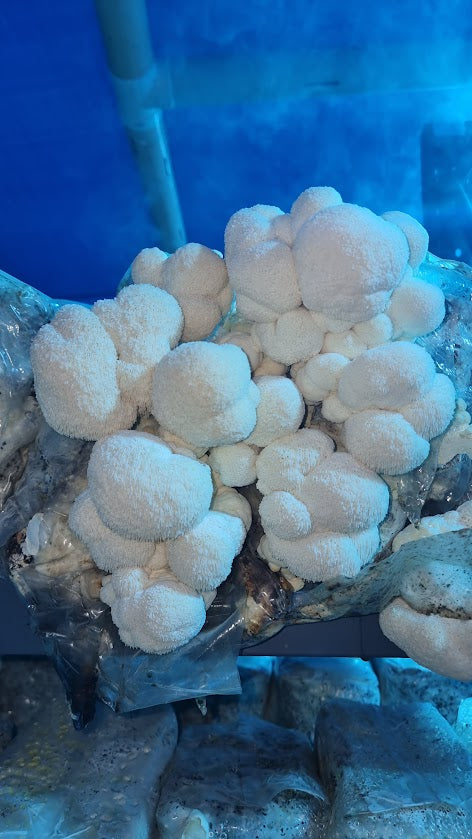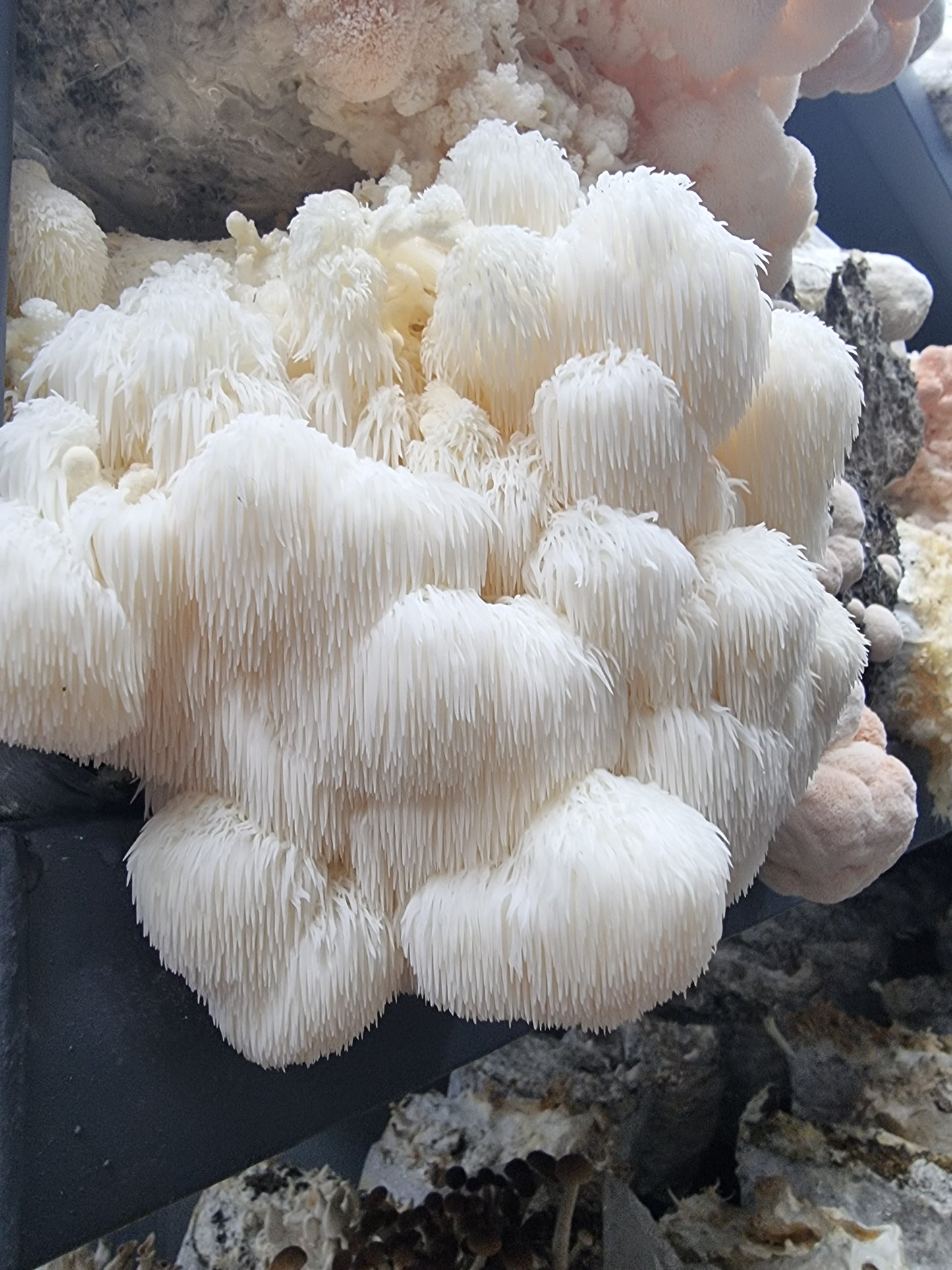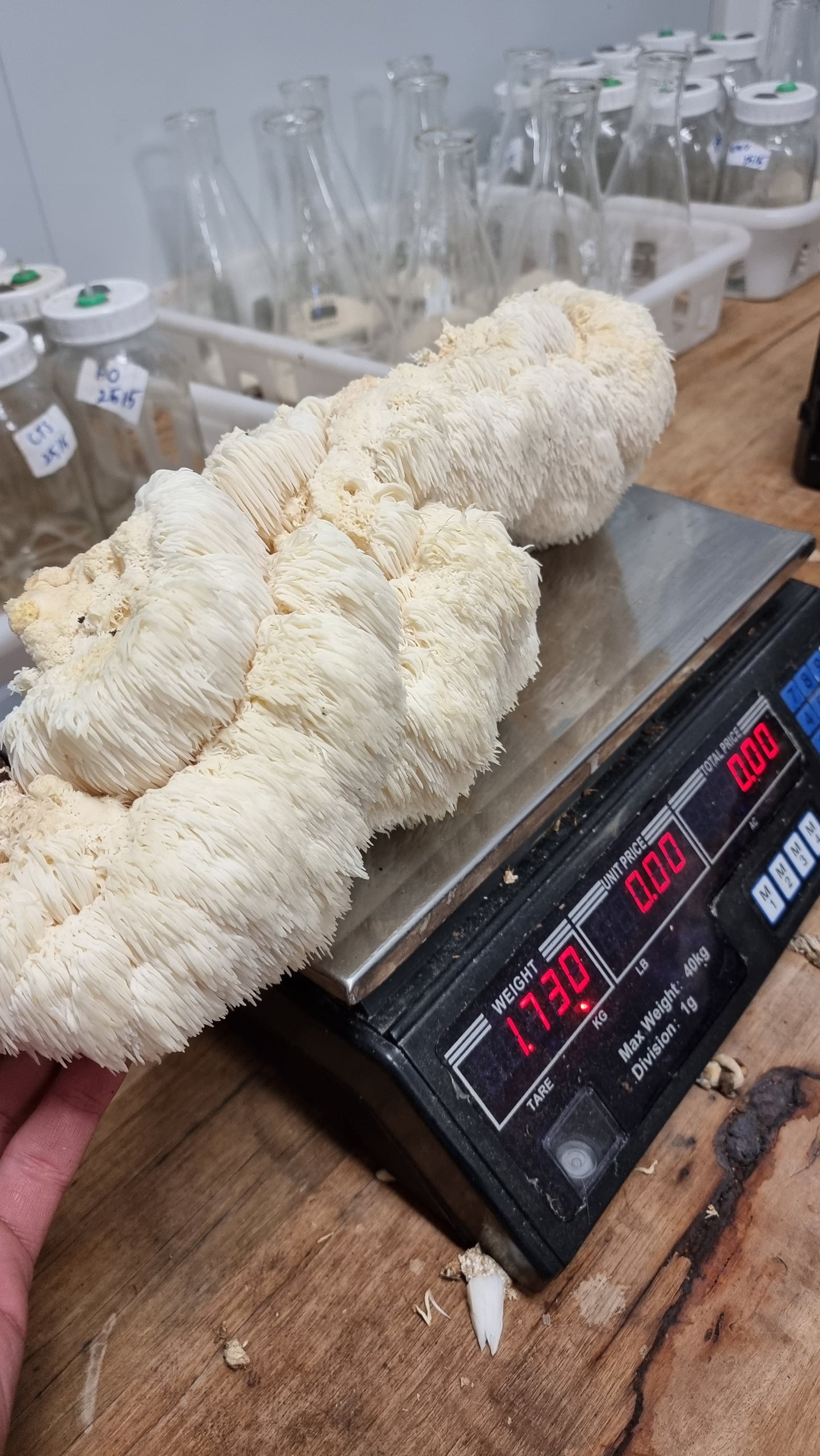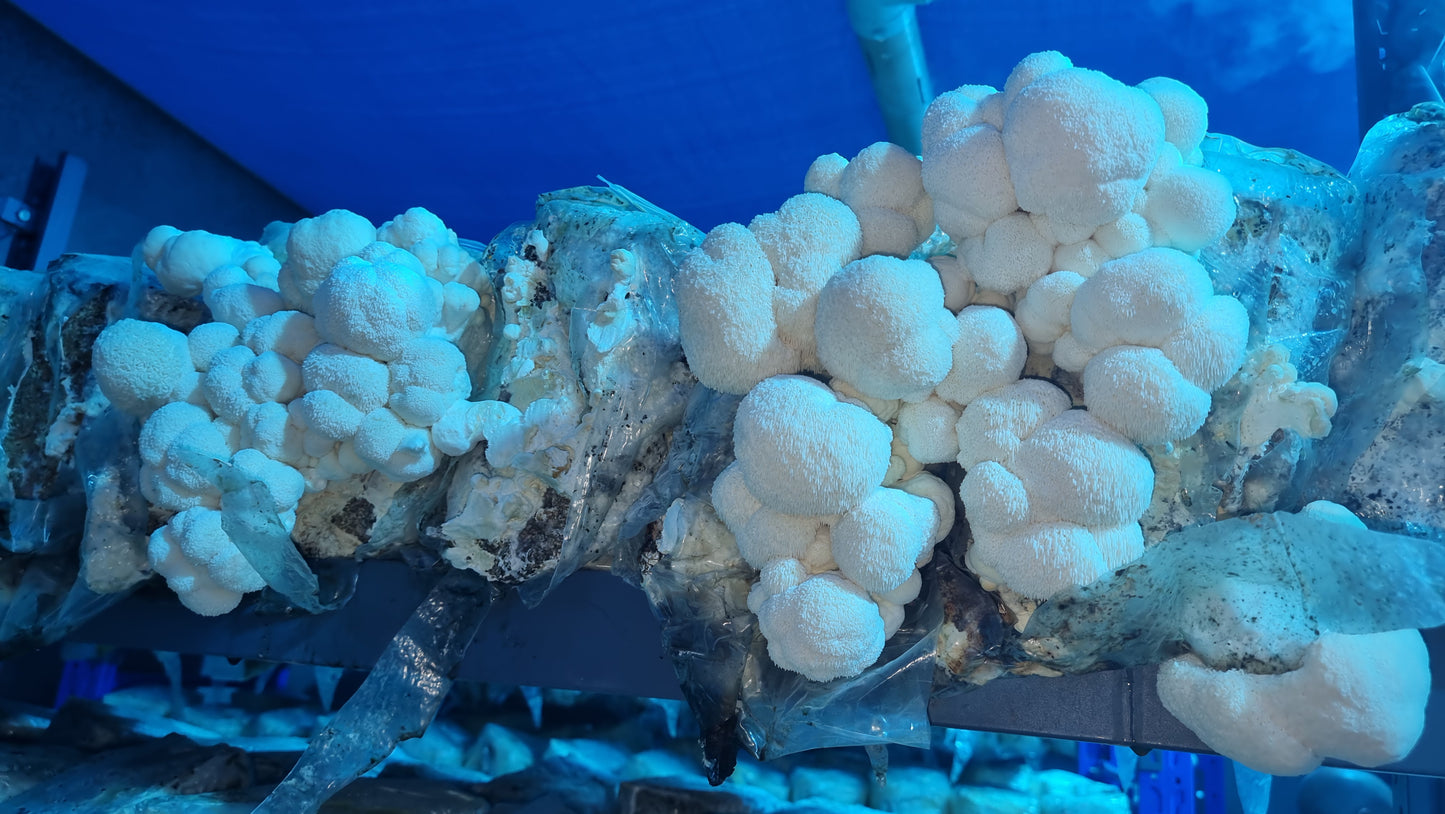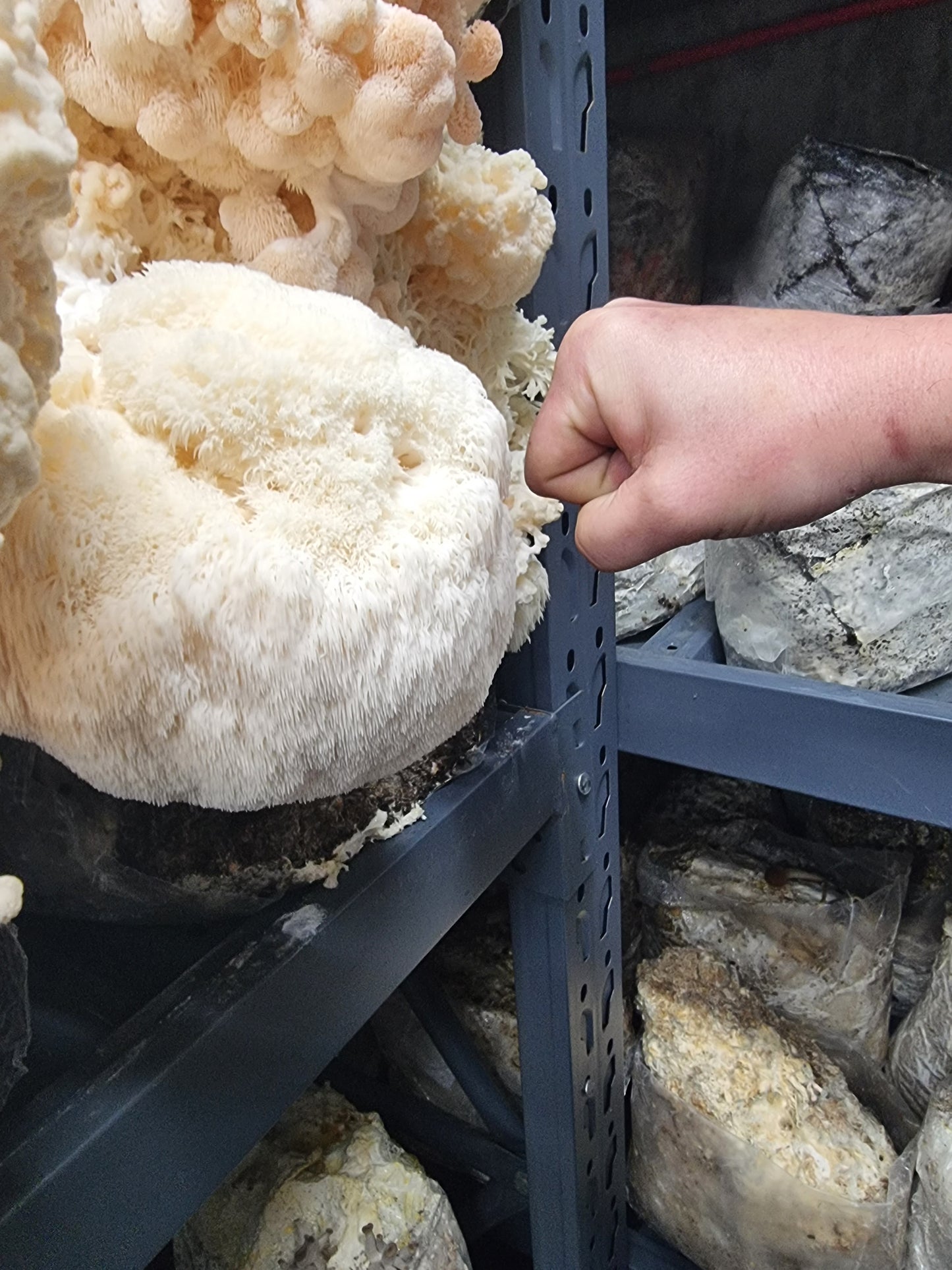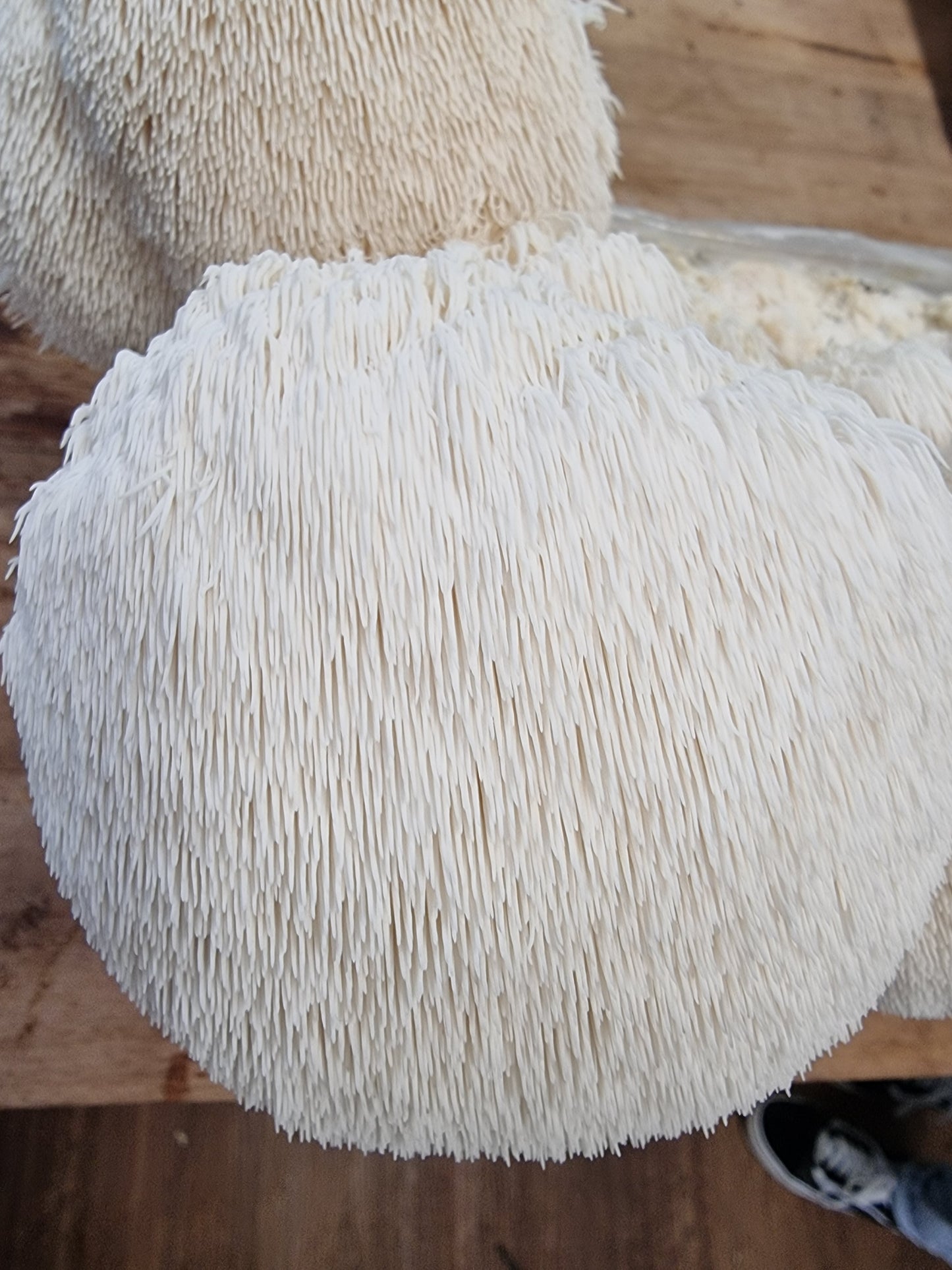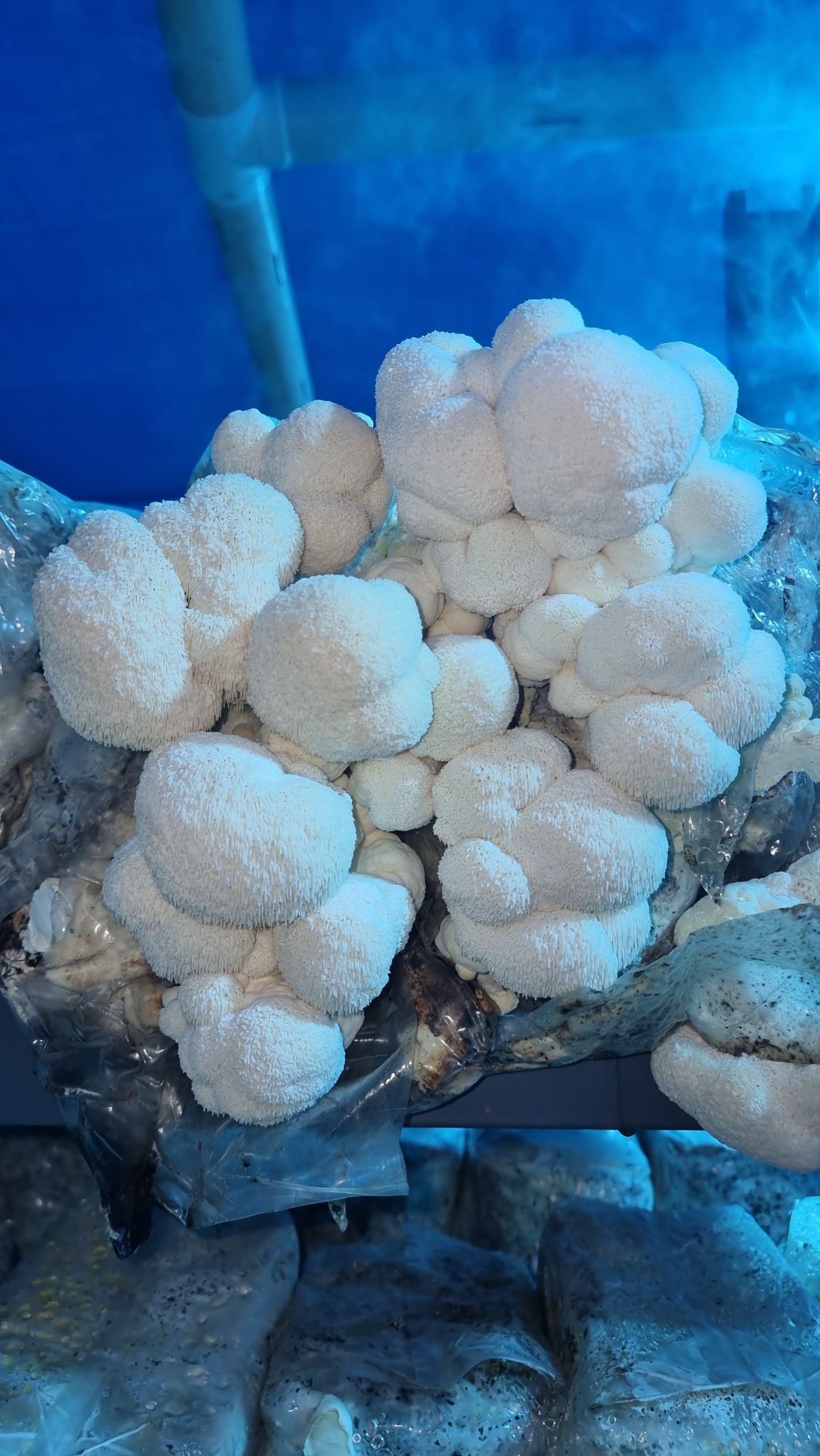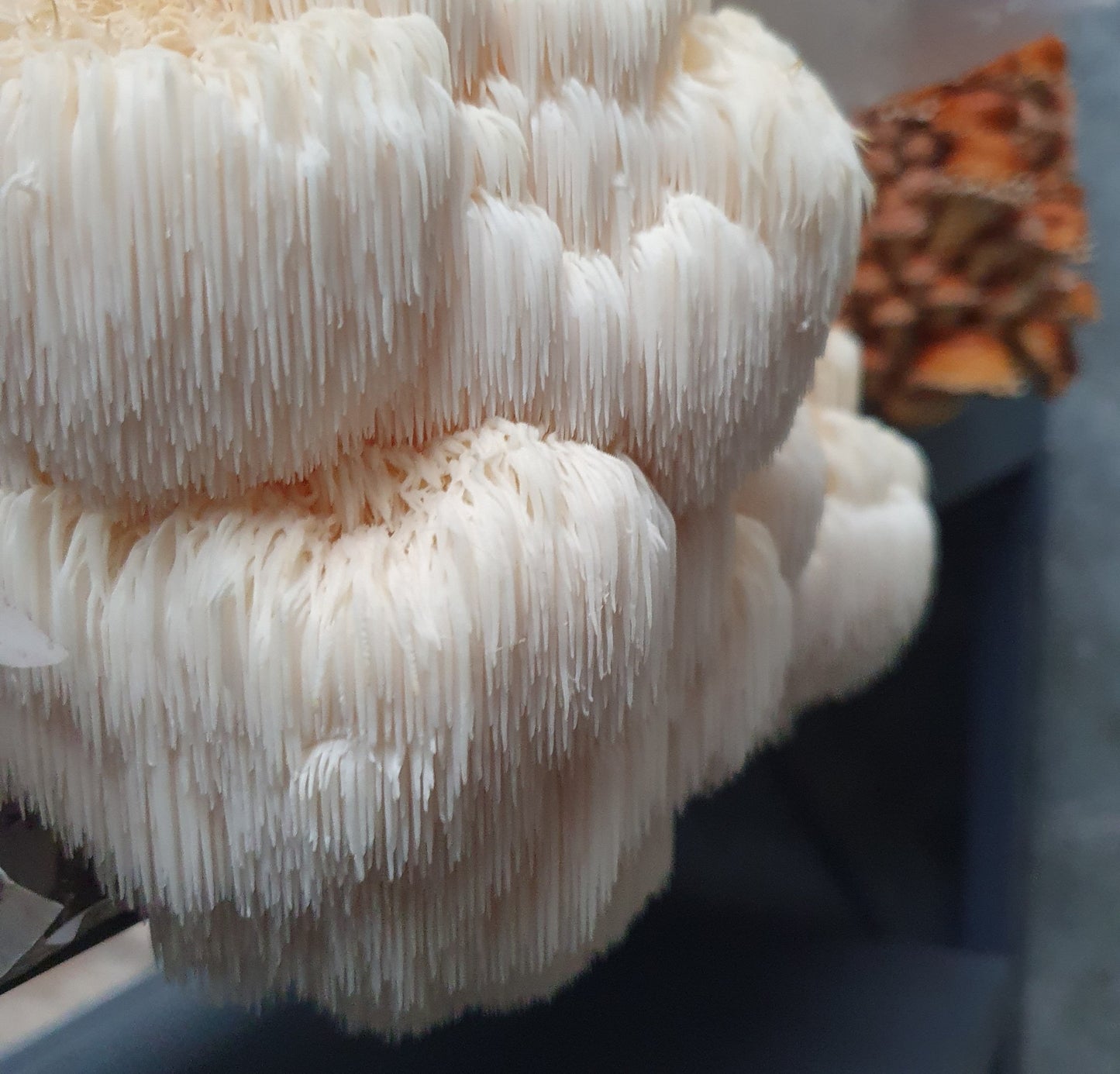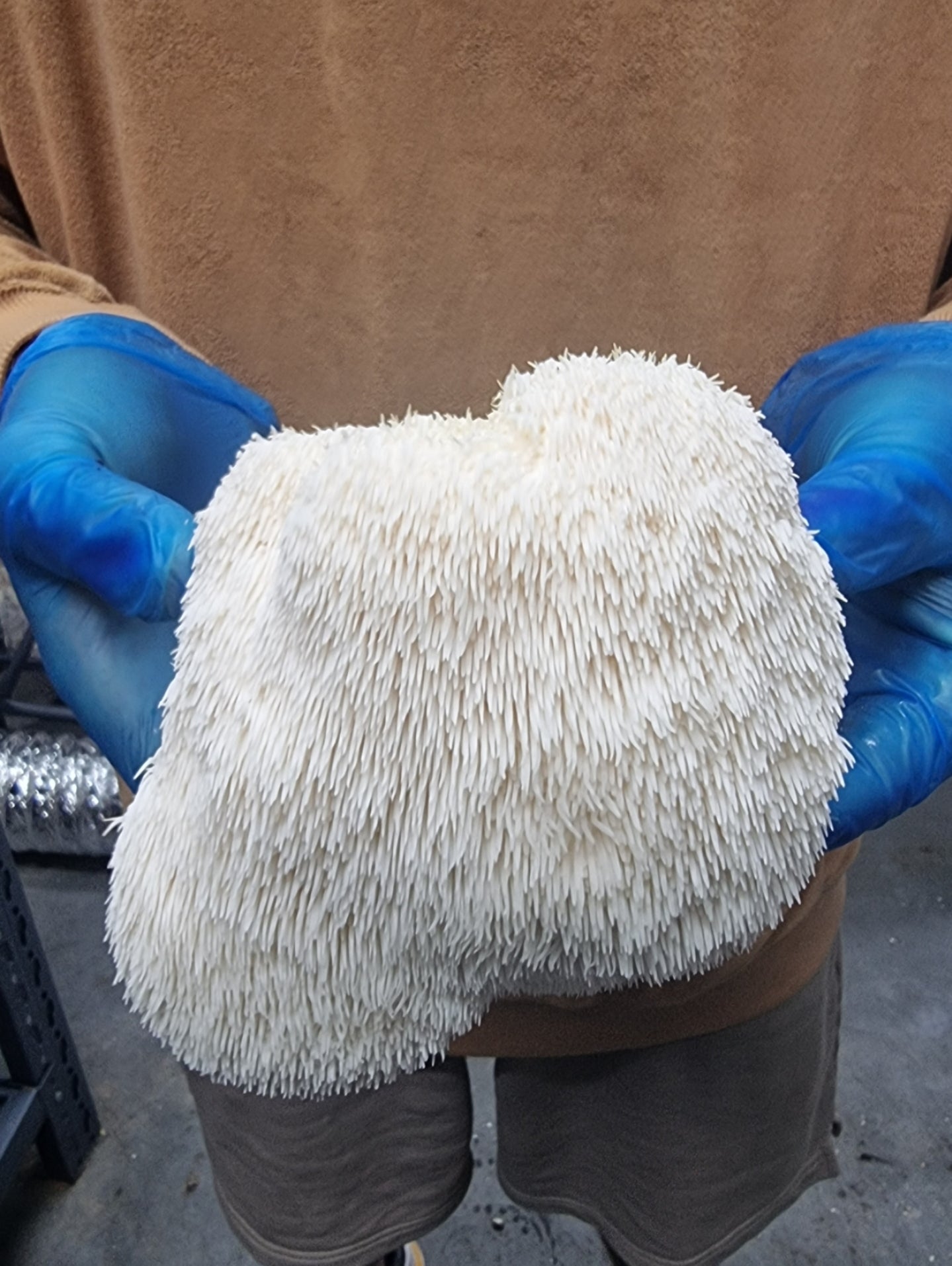Mushrooms are a versatile and flavorful ingredient that can enhance the taste of various dishes.
If you find yourself with an abundance of mushrooms or want to extend their shelf life, freezing them is a great option.
Freezing mushrooms allows you to enjoy their deliciousness at a later time without worrying about spoilage.
In this article, we will guide you through the process of freezing mushrooms in five easy steps. So let's dive in!
Can Mushrooms Be Frozen?
Yes! Mushrooms can be safely frozen, but it's important to understand the effects of freezing on their texture and flavor. However, using them fresh is ideal for maximizing their texture and flavor.
There are instances when you may not be able to use all the mushrooms before they spoil. In such cases, freezing them can be a great solution.
Can Mushrooms Be Frozen Without Cooking?
While it's possible to freeze raw mushrooms, it's generally not recommended. Raw mushrooms have a high water content, which can result in a mushy texture when thawed.
However, if you intend to use the mushrooms in dishes like soups, stews, or casseroles where the texture isn't crucial, freezing them raw can still be a viable option.
Effects Of Freezing Mushrooms
Let's explore seven effects of freezing mushrooms:
- Texture Changes: Freezing can alter the texture of mushrooms. Due to their high water content, frozen mushrooms tend to become softer or mushy when thawed. This change in texture may not be desirable for certain dishes where a firmer texture is preferred.
- Loss of Firmness: The freezing process can cause mushrooms to lose some of their firmness. The ice crystals that form during freezing can disrupt the cell structure, leading to a softer texture upon thawing.
- Color Darkening: Freezing mushrooms can darken their color. When mushrooms are frozen, enzymes within them can break down pigments, resulting in a darker appearance. While this doesn't affect their taste, it may impact the visual appeal of dishes.
- Flavor Intensity: Freezing can impact the flavor intensity of mushrooms. Some people find that frozen mushrooms have a slightly muted flavor compared to fresh ones. However, the degree of flavor loss can vary depending on the mushroom variety and personal preference.
- Nutrient Loss: Freezing can lead to minimal nutrient losses in mushrooms. Water-soluble vitamins, such as vitamin C and some B vitamins, may be slightly reduced during the freezing process. However, the overall nutritional impact is generally minimal and doesn't significantly affect the mushroom's health benefits.
- Ice Crystal Formation: During freezing, ice crystals form within the mushroom's cells. These ice crystals can cause damage to the cell structure, resulting in a softer texture when thawed. Rapid freezing can help minimize crystal formation and subsequent damage.
Despite the aforementioned effects, freezing mushrooms extends their shelf life significantly. By freezing mushrooms, you can preserve them for a longer period, reducing food waste and ensuring that you always have mushrooms on hand for your favorite recipes.
It's important to note that while freezing may have some effects on the quality of mushrooms, it is still a viable method for preserving them.
The altered texture and flavor can be mitigated by using frozen mushrooms in cooked dishes where the changes are less noticeable.
By understanding these effects, you can make informed decisions about freezing mushrooms and adjust your cooking methods accordingly to make the most of their frozen state.
How Long Can You Freeze Mushrooms?
The freezer is a great tool for extending the shelf life of mushrooms. When properly stored, frozen mushrooms can last for an extended period. However, for optimal quality, it's best to use them within 9-12 months of freezing. While frozen mushrooms will still be safe to eat beyond this timeframe, their texture and flavor may deteriorate over time.
How To Store Mushrooms In The Freezer
Now that we've covered the basics, let's explore the step-by-step process of freezing mushrooms:
Step 1: Ensure Your Mushrooms Are Fresh Enough To Freeze
To ensure the best quality when freezing mushrooms, it's essential to start with fresh ones.
Look for mushrooms that are firm, plump, and free from any signs of spoilage or discoloration.
Avoid using mushrooms that are slimy, shriveled, or have a strong off-putting odor. Freshness is key to preserving the delicious flavor and texture of the mushrooms.
Step 2: Cook Your Mushrooms First, Without Crowding The Pan
Before freezing, it's crucial to cook the mushrooms.
Cooking helps to enhance their flavor and texture while also minimizing potential textural changes during freezing and thawing. The preferred cooking method for freezing mushrooms is sautéing.
To sauté mushrooms;
- Start by heating a frying pan over medium-high heat.
- Add a small amount of butter or oil to the pan and let it melt.
- Once the butter is melted or the oil is heated, add the mushrooms, making sure not to overcrowd the pan.
- Cook the mushrooms for about 5 minutes, stirring occasionally, until they are fully cooked and most of the liquid has evaporated. Avoid overcooking as it can lead to a rubbery texture.
3. Freeze On The Pan For 30 Minutes
After cooking, allow the sautéed mushrooms to cool for a few minutes. Then, spread them out in a single layer on a baking sheet or tray.
Make sure the mushrooms are not touching each other to prevent them from sticking together during freezing.
Place the baking sheet in the freezer and let the mushrooms freeze for about 30 minutes.
Freezing them initially on the pan helps to prevent clumping and makes it easier to portion them later.
4. Spoon Your Mushrooms Into An Airtight Container Or Freezer-Safe Bag
Once the mushrooms are partially frozen, remove the baking sheet from the freezer. Using a spoon or spatula, carefully transfer the partially frozen mushrooms into an airtight container or freezer-safe bag.
It's recommended to use individual portion sizes, so you can easily grab the amount you need for a specific recipe without thawing the entire batch.
Make sure to remove as much air as possible from the container or bag before sealing it tightly. This step helps to prevent freezer burn and maintain the quality of the mushrooms.
5. Date Your Freezer Bag Or Container
Before placing the mushrooms in the freezer, it's essential to label the container or bag with the date.
This simple step allows you to keep track of the freezing time and ensures that you use the mushrooms within the recommended time frame.
Use a permanent marker to write the date on the container or bag, making it easy to identify when the mushrooms were frozen.
More Ways To Preserve Mushrooms
If freezing isn't your preferred method of preservation, there are other options available to prolong the shelf life of mushrooms.
One popular alternative is to dry them.
Dried mushrooms have a concentrated flavor and can be rehydrated for use in various recipes.
To dry mushrooms;
- Clean them thoroughly and slice them into thin pieces.
- Place the slices on a baking sheet and dry them in a low-temperature oven or a food dehydrator until they are crisp and completely dried.
- Once dried, store the mushrooms in an airtight container in a cool, dry place.
How To Use Frozen Mushrooms
Now that you have a stash of frozen mushrooms, you might be wondering how to use them effectively.
The good news is that frozen mushrooms can be incorporated into a wide range of dishes, especially those that involve cooking.
Whether you're making a hearty soup, a flavorful stir-fry, or a savory pasta sauce, frozen mushrooms can add depth and richness to your culinary creations.
When using frozen mushrooms, there's no need to thaw them beforehand. Simply add the frozen mushrooms directly to your recipe during the cooking process.
The heat will thaw and cook them simultaneously, ensuring they blend seamlessly with the other ingredients. Be sure to adjust the cooking time slightly to accommodate the addition of frozen mushrooms.
Final Thoughts
Freezing mushrooms is a convenient and practical way to preserve their flavor and extend their shelf life.
By following the simple steps outlined in this article, you can ensure that your frozen mushrooms retain their quality and taste when used in your favorite recipes.
So the next time you come across a bounty of mushrooms, don't let them go to waste. Freeze them and enjoy the wonderful flavors of mushrooms all year round.

